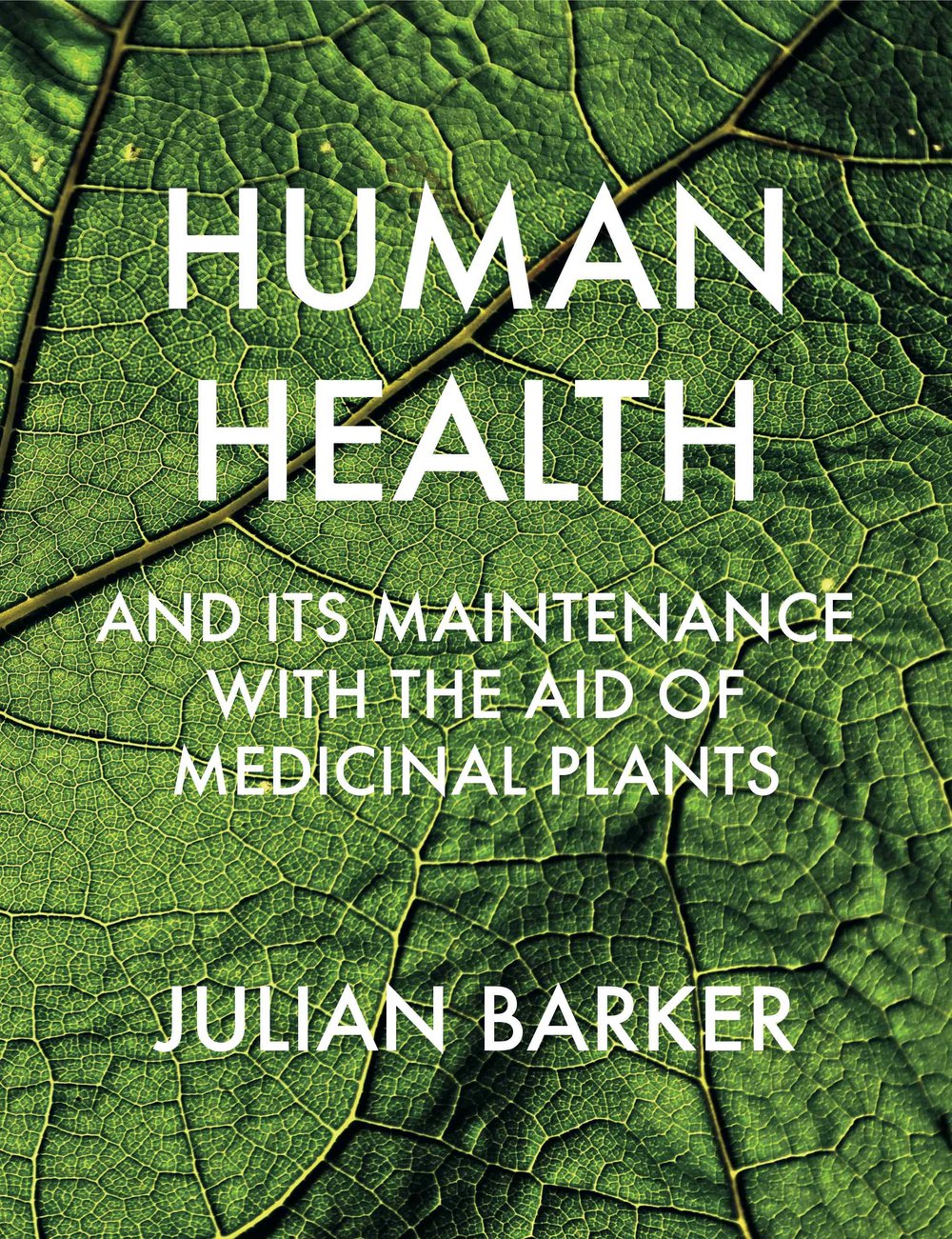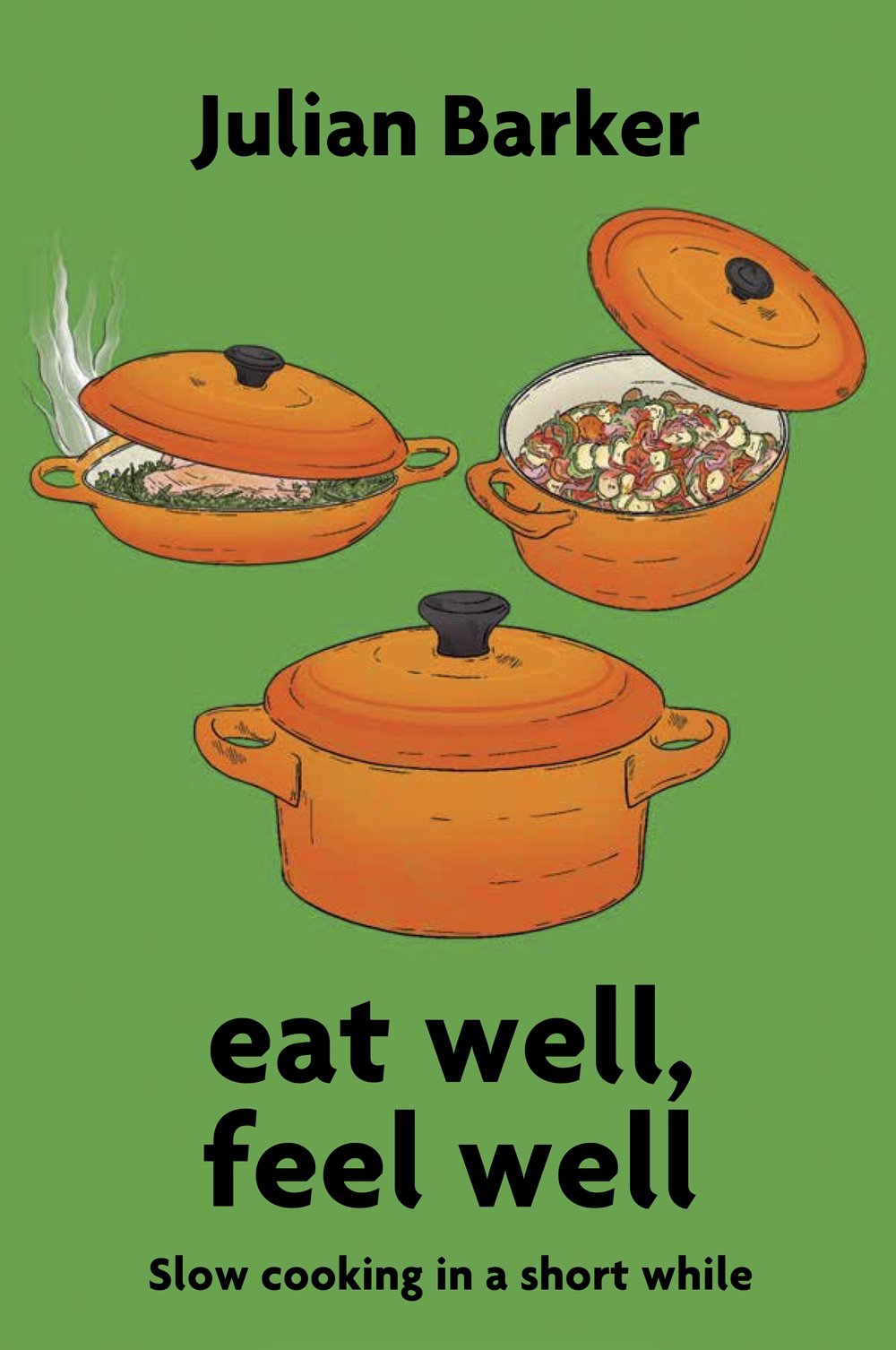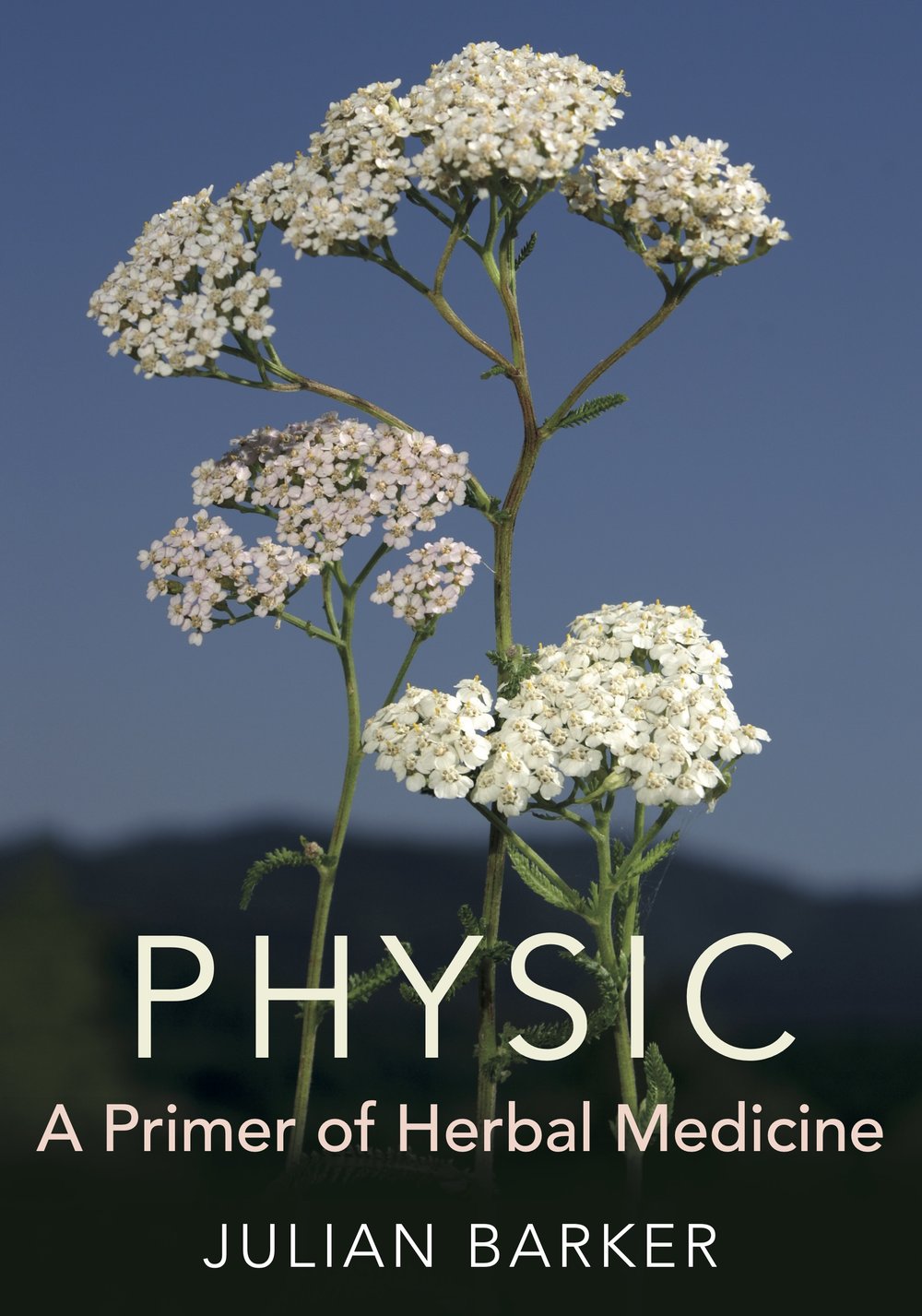Human Health and Its Maintenance with the Aid of Medicinal Plants

This book presents a discussion of health with scant reference to disease. It formulates a number of interlocking ideas that integrate circadian physiology with the transformations that constitute human life. Time, ecology, and the biology of plants are always part of the background. The book arranges this discussion in three interrelated parts.
Part One elaborates this integrative model of health, linking circadian biology with the psychosocial human being, and takes knowledge, information, and data from various disciplines. For the phytotherapeutic perspective, it draws heavily upon the theoretical and clinical work of Drs. Christian Duraffourd and Jean-Claude Lapraz. The author follows them in using plants as alternatives, rather than as weak drugs. Their work has been developed further and collaboratively by Dr. Kamyar Hedayat.
Part Two is aimed toward the student of medicine as well as the newly qualified herbal practitioner. The approach focuses on the physical presentation of the patient and her or his extended milieu taken from a detailed narrative. It makes little mention of ailments and disease yet attempts to formulate a clinical approach that favors the development of a broader understanding than the knowledge gleaned from a narrow curriculum. The author presents a model here and in Part Three that may also provide the experienced herbalist with some new ideas.
Part Three attempts to explain how medicinal plants modify the terrain and how they can contribute toward health in what the author describes as Poise. The theory hypothesizes two different but complementary mechanisms that the author has named Sensory Priming and Stochastic Resonance. The last section of Part Three is dedicated to Materia Medica.
The three parts are nodes about which the discussion flows but, to mirror the conception of mindedness, each of them is interpenetrative with the others. The result is untidy, the more to mirror the assorted nature of life, less a manicured garden and more an extensive hedgerow adjoining ruderal habitats. The structure of the book is also founded on the interpenetrance of the tripos represented by the social, psychic, and biologic: this leaking of people into poise and plants into all our lives.

After an inordinate number of previous occupations, Julian Barker started his training in herbal medicine in North and Central America, then returned to Britain as an apprentice herb-grower at Suffolk Herbs while studying concurrently on NIMH’s tutorial course, before joining the first cohort at the School of Herbal Medicine. In 1983, he opened a clinic in Brighton offering acupuncture, herbal medicine, homeopathy, and osteopathy but recently has upsized to a single practice.
Teaching botany at the School of Herbal Medicine for over twenty years, Julian supervised BSc dissertations and taught philosophy on the MSc course in herbal medicine at the University of East London. Since 1998 he has worked in Paris and has studied in London with Dr. Jean-Claude Lapraz on the application of medicinal plants along Endobiogenic lines.
The author of The Medicinal Flora of Britain and Northwestern Europe and History, Philosophy and Medicine, Julian Barker outlined an integration of circadian physiology and functional medicine with herbal therapeutics, which was published in 2011 by The Order of Bards Ovates & Druids, and is currently applying his theory of Stochastic Resonance to signal transduction aided by medicinal plants. He is a fellow of the Linnaean Society, serves on the Accreditation Board of the European Herbal Practitioners’ Association, and is a member of the College of Practicing Phytotherapists and the National Institute of Medical Herbalists.


